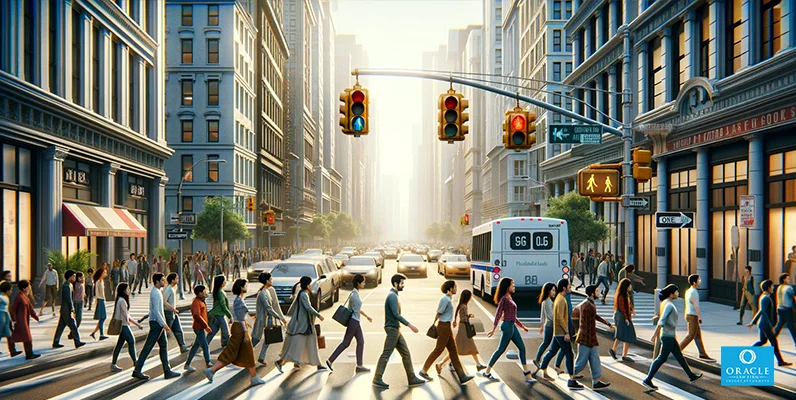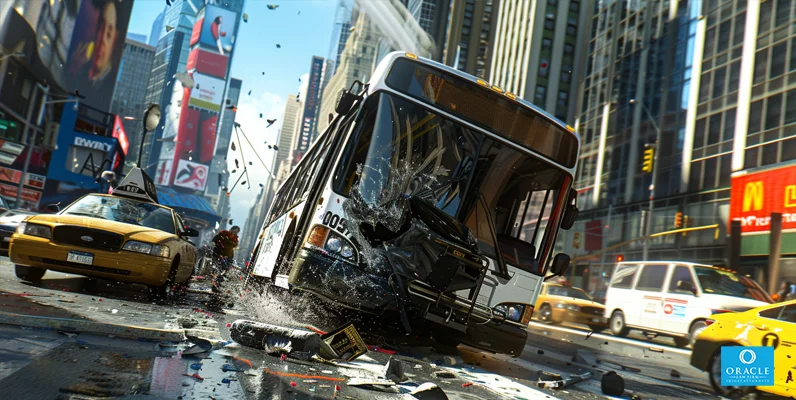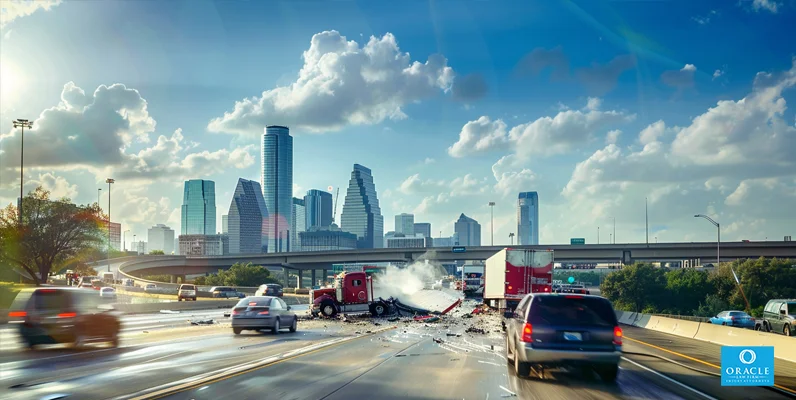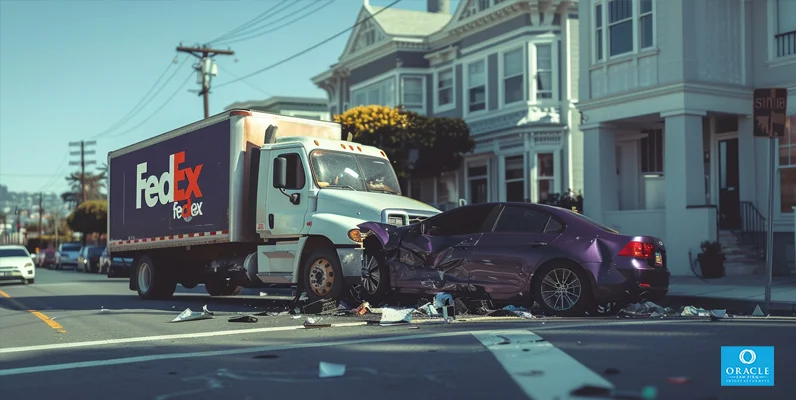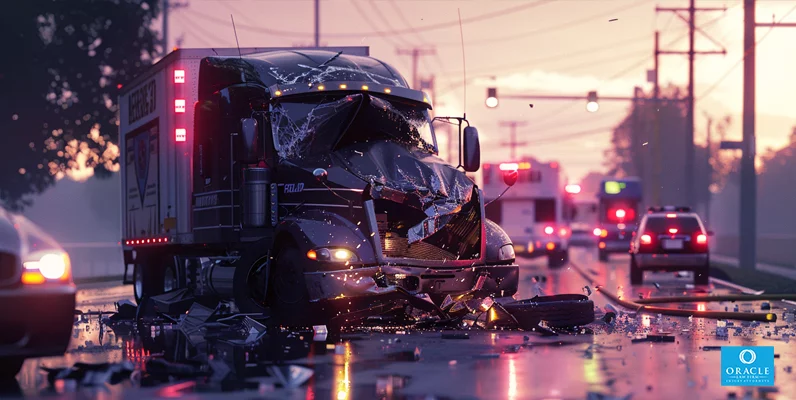Navigating busy streets as a pedestrian can be challenging and sometimes dangerous. Understanding pedestrian rights is crucial for ensuring safety and avoiding accidents. But, does pedestrian have right of way? We review the intricacies of pedestrian rights and responsibilities, providing a comprehensive guide to help you confidently navigate the streets.
Key Takeaways
- Pedestrian right of way is determined by the presence of factors such as traffic signals, stop signs, road markings and unmarked crosswalks.
- Motorists must yield to pedestrians crossing an indicated crosswalk and pedestrians must observe traffic rules for safety when using a crosswalk.
- Pedestrians are responsible for their own safety on roads. Motorists have an obligation to exercise due care in order maintain pedestrian safety.
Understanding Pedestrian Right of Way
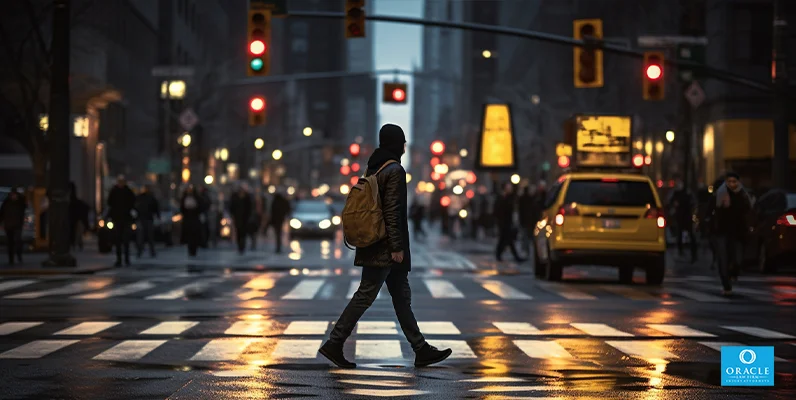
The right of way determines a pedestrian’s or vehicle’s legal precedence to proceed ahead of other traffic, which includes crossing at a marked crosswalk. Factors such as traffic signals, stop signs, road markings, and the presence of unmarked crosswalks influence the right of way. However, pedestrians may not always have the right of way, as it depends on certain circumstances such as crossing outside designated areas or failing to comply with traffic signals and laws.
Both pedestrians and motorists have specific roles and responsibilities to ensure safety on the roads.
Pedestrian Crossing Laws
Crosswalks, including marked and unmarked crosswalks, are typically located at intersections with traffic signals, stop signs, or other traffic control devices. By law, drivers must yield to pedestrians crossing an indicated crosswalk and remain stopped until the pedestrian has safely traversed the roadway. In California, for example, the crosswalk law requires drivers to yield the right of way to pedestrians on half of the roadway in which the vehicle is traveling, aiming to prevent pedestrian vehicle accidents at both marked and unmarked crosswalk locations.
Proper use of crosswalks by pedestrians is fundamental. Pedestrians must:
- Wait until there is a green light in the direction of vehicle traffic before crossing an intersection without pedestrian signals.
- Observe traffic rules for safety.
- Not cross in front of traffic that has a green light, as it is not permissible and can lead to pedestrian vehicle accidents.
Additionally, pedestrians have the right of way when a car is pulling into or out of traffic across a sidewalk, as the driver must yield the right of way to avoid creating an immediate hazard.
Traffic Control Signals and Pedestrian Safety
Traffic control signals, including traffic lights and traffic signal, play a vital role in pedestrian safety by providing a secure and organized way for pedestrians to cross the street. They help control the movement of traffic and reduce the likelihood of collisions between pedestrians and vehicles. The walk signal is an essential component of these traffic control systems, ensuring pedestrian safety.
To ensure pedestrian safety, it is important for pedestrians to:
- Follow traffic control signals
- Use designated crosswalks to cross the street
- Stay aware of their surroundings
- Always look both ways before crossing.
By following these guidelines, pedestrians can help create a safer environment for themselves and others on the road.
Motorists are also expected to respect traffic control signals. They are required to give way to pedestrians and obey traffic control signals. Staying aware of their surroundings and keeping an eye out for pedestrians are key responsibilities of motorists to ensure pedestrian safety.
When Pedestrians Do Not Have the Right of Way
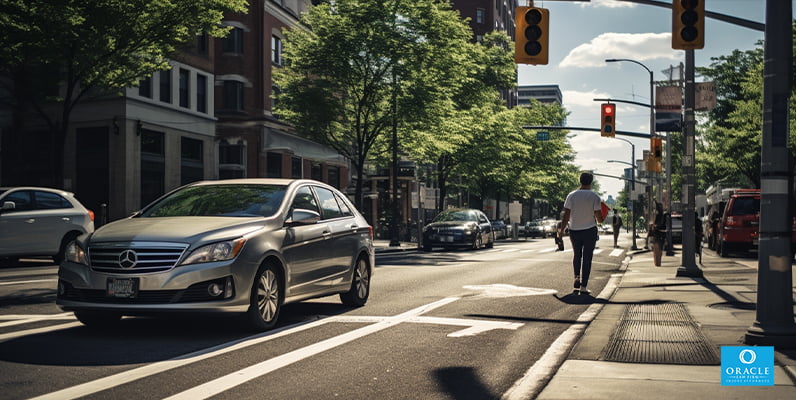
Although pedestrians usually have the right of way, there are situations where this is not the case. For example, if a pedestrian is struck by a motor vehicle and did not possess the right of way, they may be held accountable for the incident and may be required to compensate the driver for the expenses of the collision. In shared fault accidents, both the pedestrian and the driver can be held partially accountable for the pedestrian vehicle accident.
Negligence or carelessness is the most prevalent factor contributing to pedestrian-vehicle accidents. In modified comparative negligence states, if a pedestrian is found to be 60% at fault for an accident, they would be ineligible to receive any compensation. Consequently, knowing when pedestrians do not have the right of way is key to preventing accidents and possible legal consequences.
The Roles and Responsibilities of Pedestrians
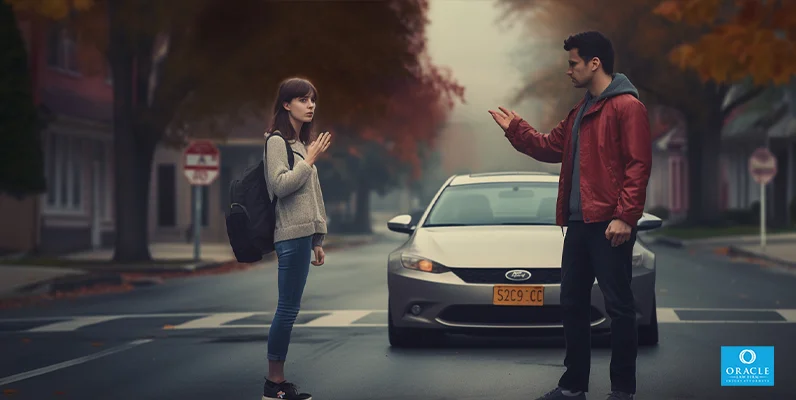
Pedestrians have several responsibilities to ensure their safety and that of others on the road. They must:
- Adhere to traffic signals
- Cross roads only at designated crosswalks or pedestrian crossings
- Remain vigilant at all times
- Stay on designated pathways
- Avoid walking in areas intended for vehicles or bicycles
Wearing bright or reflective clothing is also essential for pedestrian safety, as it makes them more visible, particularly in low-light conditions or areas with minimal illumination. Pedestrians should demonstrate respect for the right of way of other vehicles, bicycles, or pedestrians who have the right of way and avoid obstructing pathways or impeding access to crosswalks or pedestrian crossings.
The Roles and Responsibilities of Motorists
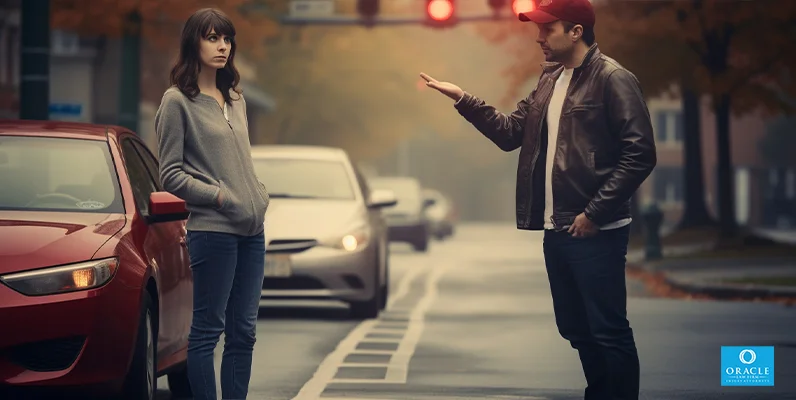
Motorists have a significant part in maintaining pedestrian safety. They must adhere to all traffic signals and speed limits, remain vigilant, and grant the right of way to pedestrians. Specific traffic signals that motorists should follow for pedestrian safety include:
- Marked crosswalks at signals
- Accessible pedestrian signals
- Pedestrian signal heads
- Leading pedestrian interval (LPI)
The legal definition of ‘due care’ with respect to motorists and pedestrian safety states that drivers are obligated to use reasonable care to prevent injuring pedestrians. Pedestrians also have an obligation to exercise care for their own safety. By adhering to these roles and responsibilities, motorists can help reduce pedestrian accidents and create a safer environment for everyone on the road.
Steps to Take After a Pedestrian Accident
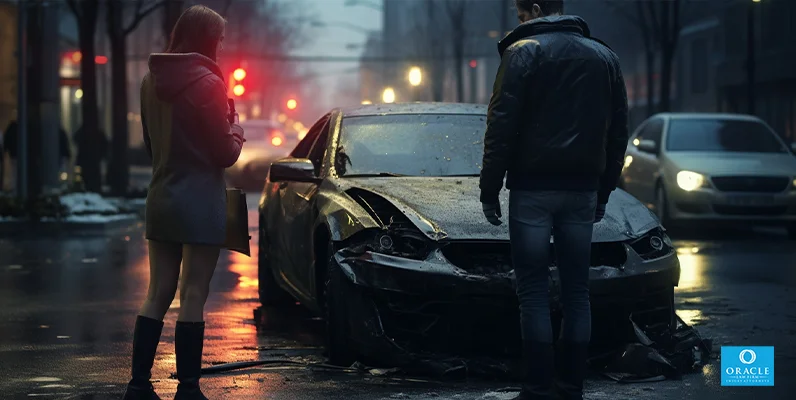
If you find yourself in a pedestrian accident, it’s important to follow certain steps right after the event. First and foremost, seek medical attention for any injuries sustained. Next, gather relevant information, including the driver’s name, contact details, license plate number, and insurance information, as well as the contact information of any witnesses to the occurrence.
It is highly suggested to get in touch with a proficient pedestrian accident lawyer who can help navigate the legal process and protect your rights. In California, for example, pedestrian accident victims should take the following steps as part of the evidence-gathering process:
- Take photos of the accident scene.
- Gather contact information from any witnesses.
- Seek medical attention and keep records of all medical treatment.
- Report the accident to the police.
- Consult with a pedestrian accident lawyer to understand your rights and options for pursuing a personal injury claim.
These steps will help ensure you have the necessary information and support to pursue a personal injury claim if needed.
Filing a Personal Injury Claim as a Pedestrian
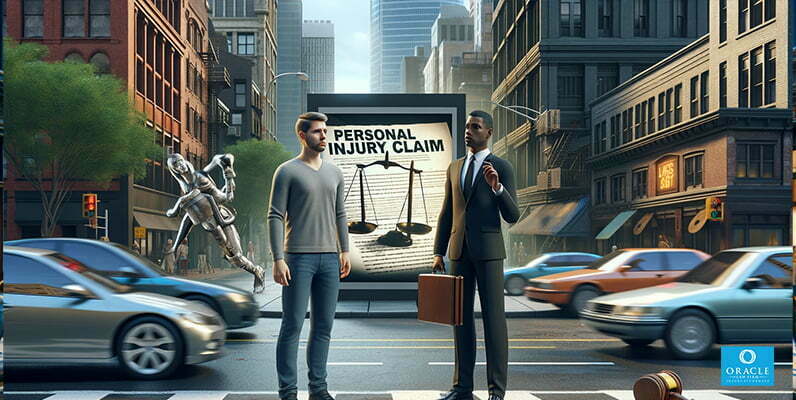
To file a personal injury claim as a pedestrian, one should follow these steps:
- Consult with a seasoned attorney who will draft a demand letter outlining your injuries, medical expenses, and the compensation sought.
- The attorney will act on your behalf and work to negotiate with the insurance company. They will strive to get you a fair settlement.
- If an agreement is reached, the case will be resolved without going to court.
- Otherwise, the attorney will file a lawsuit for you.
The potential for settlements or trials depends on factors such as the severity of the situation, the amount of evidence available, and the willingness of both parties to negotiate. If a personal injury case goes to trial, a judge or jury will decide the outcome, and either party may appeal the verdict if they believe errors were made during the trial.
Compensation for Injured Pedestrians
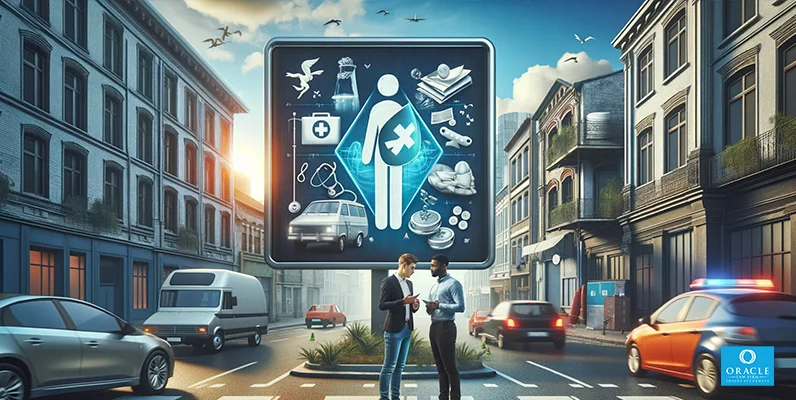
Pedestrians injured in accidents may qualify for compensation for damages, including medical bills, future lost income, pain and suffering, and loss of companionship. Economic damages that may be sought in a personal injury claim for a pedestrian accident can include medical expenses, lost wages, and other out-of-pocket expenses.
Non-economic damages that may be sought in a personal injury claim arising from a pedestrian accident include pain and suffering, emotional distress, and loss of enjoyment of life. Punitive damages, intended as a form of punishment for the at-fault driver’s negligence and to discourage similar behavior in the future, may also be awarded in some cases.
Tips for Enhancing Pedestrian Safety
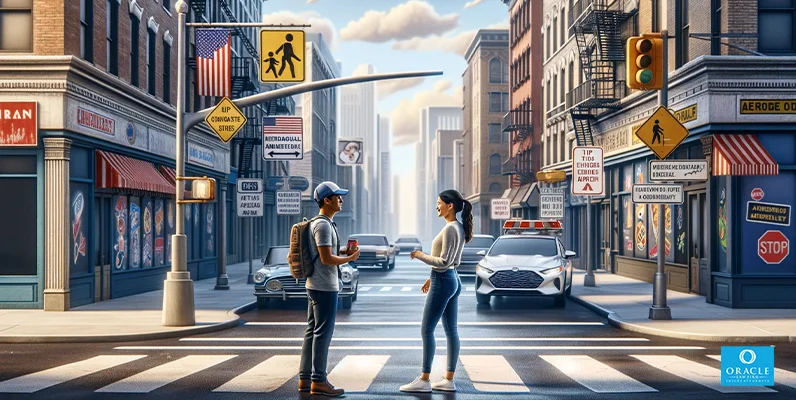
Improving pedestrian safety is a collective duty, and numerous tips could help lessen the risk of accidents. First, always cross only at designated areas, such as marked or unmarked crosswalks, to provide a visible and predictable path for pedestrians to traverse the road. Wearing reflective clothing also improves pedestrian safety by increasing visibility, especially in low-light conditions or areas with minimal illumination.
Avoiding distractions while walking is crucial for ensuring safety. This includes:
- Putting away your phone and other electronic devices
- Refraining from listening to music or podcasts with headphones
- Remaining alert and conscious of your environment
Taking these measures can significantly reduce the risk of pedestrian accidents and create a safer environment for everyone on the road.
Legal Assistance for Pedestrian Accidents
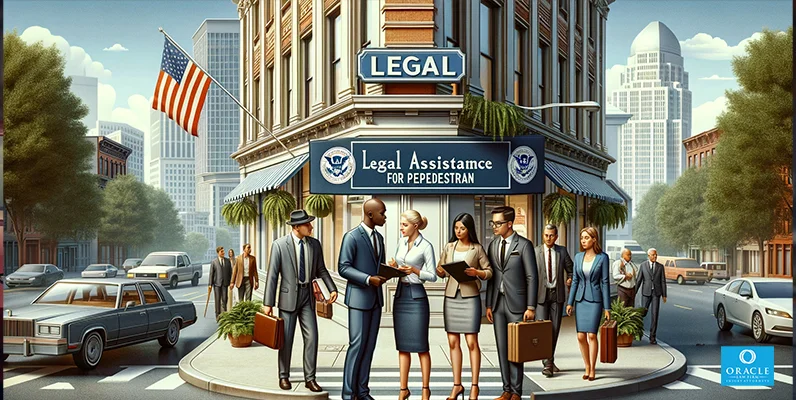
Obtaining legal help post a pedestrian accident is crucial to safeguard your rights and guide you through the compensation recovery process. A knowledgeable pedestrian accident lawyer can provide a complimentary consultation and comprehensive case assessment to help you understand your options and potential outcomes.
A lawyer can assist a pedestrian accident victim in recovering both economic and non-economic compensation, such as:
- Medical expenses
- Lost wages
- Pain and suffering
- Emotional distress
- and more
By working with an experienced attorney, you can ensure that your rights are protected and that you receive the compensation you deserve for your injuries.
Summary
Understanding pedestrian rights and responsibilities is crucial for ensuring safety on the roads and avoiding accidents. Familiarizing yourself with pedestrian crossing laws, traffic control signals, and the roles of both pedestrians and motorists can help reduce the risk of accidents. If you are involved in a pedestrian accident, seeking legal assistance is essential for navigating the process of recovering compensation. By following these tips and guidelines, we can all contribute to a safer environment for pedestrians and motorists alike.
Frequently Asked Questions
Do pedestrians always have the right-of-way in the US?
Pedestrians generally have the right of way in crosswalks and at intersections with traffic lights, but this isn’t always the case. Pedestrians must obey traffic laws and signals, and be aware that when crossing outside designated areas they may not have the right of way.
What are the pedestrian laws in California?
In California, drivers must yield to pedestrians crossing in a crosswalk, when turning left or right, and when entering or leaving driveways or alleys. Passing another vehicle stopped for a pedestrian is prohibited.
What is the role of traffic control signals in pedestrian safety?
Traffic control signals play a vital role in keeping pedestrians safe by providing an organized way for them to cross the street and helping regulate traffic movement to reduce the risk of collisions.
What are some tips for enhancing pedestrian safety?
Cross at designated areas, wear reflective clothing, and avoid distractions while walking to ensure pedestrian safety.
What types of compensation can a pedestrian accident victim recover?
A pedestrian accident victim may be entitled to economic and non-economic compensation such as medical expenses, lost wages, pain and suffering, and emotional distress.
